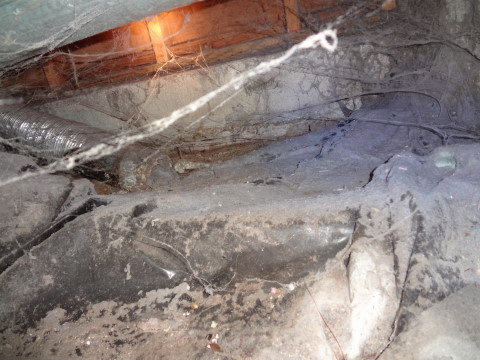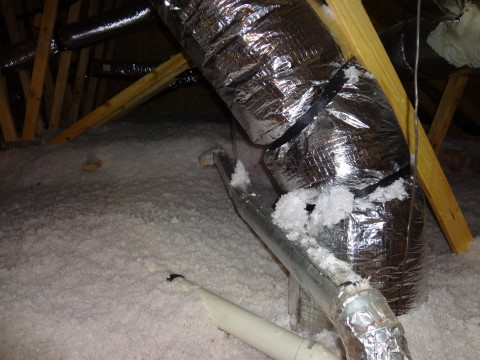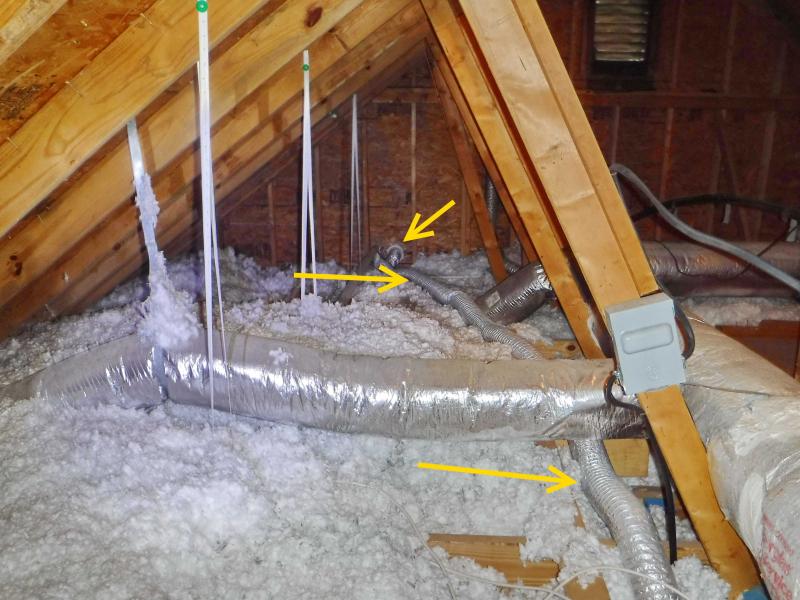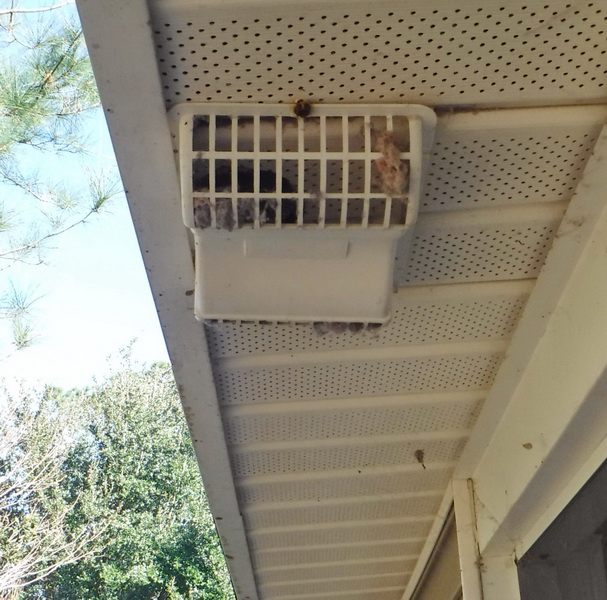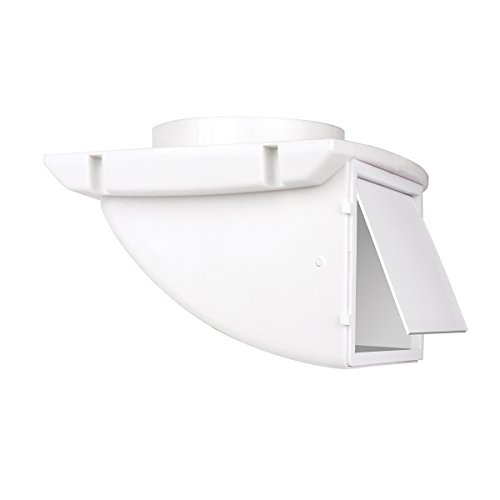Purpose of Dryer Vents
The purpose of clothes dryer vents are to reliably transfer the hot air, lent, moisture and in the case of gas dryers, combustion exhaust fumes outside the home. Often, especially on older home this is an afterthought and as a result a lot of functional and safety issues arise. Often this causes a lot of damage before it is discovered. As a result, the code has developed some required safety rules.
Safety Requirements for clothes dryer vents
- Support every 4 foot maximum (12′ electric).
- Install according to manufacturer’s instructions.
- Maximum length 35 feet minus 5′ for every 90 degree bend and 2.5 ‘ for every 45 degree bend for electric clothes dryers per IRC. Connector not counted towards total length.
- Maximum length for gas dryers is 35′ minus the bends listed above. (UMC more restrictive, 14 foot max but it counts the connector and allows two 90 degree bends.)
- Transition ducts (connector) from dryer to duct max length 8 foot, cannot be concealed and only allowed in the same room as the appliance.
- Shall terminate outside the house. (i.e. not under the house)
- Needs a back draft damper. No screens allowed.
- Exit point minimum 3 feet to other building openings.
- Dryer vent needs to be constructed of smooth rigid metal, no screws allowed (screws can trap lent). PVC is not allowed.
- Male end at joints must point in the direction of flow.
- Ducts in concealed cavities shall not be deformed.
- One single piece flexible transition duct can be used if it is listed and labeled for that use and no longer than 8 foot. A transition duct or its connections cannot be concealed.
- If a clothes dryer is installed in a closet then provisions must be made to supply 100 square inches of make up air. (i.e. louvered door will work) This is if the dryer exhaust more than 200 cfm (typically dryers exhaust between 100 and 225 cfm, FYI). The provision for this rule is found in the 2012 IRC G2439.4 (614.5).
- The maximum length of dryer vent can be extended with the use of a listed and labeled booster fan used in accordance with the manufacturers instructions. If the booster fan is not in the same room as the dryer and not readily accessible then a permanent label is required next to the duct entrance that says ” This dryer exhaust system is equipped with a remotely located booster fan”.
- On new construction for gas dryers a permanent sign is often required within 6 feet of the appliance stating the length of the dryer vent.
- References IRC M1501.1-3 and G2439.1-5
Now Let’s take a look a some common deficiencies.
Those flexible type dryer ducts often come loose like it did in the picture above. This one came loose under the home and deposited lent and moisture under the home for years. This extra moisture can cause microbial growth and generally increase moisture levels under the home which is undesirable.
Transition ducts should be kept as short as possible. Plastic ones like the one above soon develop holes. Corrugated ones clog up after a few years. The opening gets smaller and smaller over time. So they need to be checked occasionally. Transition ducts are only allowed in the room in which the dryer resides.
This duct approaches the maximum allowable length and is not very well supported. There is a sag at the joint. An improperly supported duct is inviting future problems. This pic was taken on a new home. If a dryer vent is too long the moisture can condense in the pipe before it exits the home. It can then find a low spot, leak out causing moisture damage. Don’t think it’s not possible; I’ve seen it happen. For this reason ducts with long runs should be evenly and consistently sloped preferably downward to the outside. Even a new home needs a home inspection.
These types of flex dryer vents are not allowed. In this case the dryer vent was way too long, had become disconnected midway and there was condensation moisture (quite a bit) settling in the low spots of the pipe thus causing a moisture concern. If a dryer vent is too long moisture will condense in the pipe and accumulate over time causing moisture damage or blockage. Thus the limitation on length to 35 feet or less.
Termination Point
Soffit Termination Point- Dryer vents that terminate under a soffit need to be designed (listed and labeled) for soffit use. A dryer vent designed for the soffit with have the back draft damper hinged at the top so it closes and opens properly and will not have a screen. Sometimes these are hard to find at the lumber store. Amazon has several listed and they can deliver quickly.
Deterioration- The exit point especially if it’s made of plastic can deteriorate in the sunlight in as little as 10 years and require replacement. If it’s not already deteriorated you can paint it to extend it’s life. If you have to replace it look for one which is sunlight resistant.
Above is a picture of a bathroom type soffit vent being used for the dryer. This is improper because the screen is not allowed and in this case there is no back draft damper (it’s in disrepair). Lent is already clogging up the screen. Recommend replace it with the proper type designed for soffit installation. Also often these type are not properly hard piped.
The picture above shows an example of a soffit type dryer vent and this is a much better choice. These can be found on Amazon and delivered quickly. Note that the back draft damper is hinged at the top so it closes all the way. When I researched this I noted that Amazon had several different ones which would work. (I’m citing fair use on the use of this picture).
Dryer vents that terminate through the roof tend to need more maintenance. There is frequently a wad of lent clogging the opening some of which can be seen in the picture at left. It can be difficult (and dangerous) for the average home owner to climb up on the roof to clean these. Sometimes they are not well connected on the attic side and are leaking hot air and moisture into that space. If this vent was located in an area where snow is likely it would have to be elevated higher. It is suggested that these type be cleaned often.

